Nero di Troia
Perhaps originally from Asia Minor, nero di Troia apparently arrived in Puglia at the time of Greek colonisation. Also known as uva di Troia, it is particularly widespread in the hinterland of Barletta, Andria and Trani, as the prevailing grape of Castel del Monte DOC, and in the Capitanata area, towards Lucera, where it is used for the famous Cacc'e mmitte DOC. It also stands out, further north, in the Gargano area too. Capable of a great concentration of colour and extraction, nero di Troia gives very structured red wines, with marked aromas, sometimes inclined to sweet, of candied fruit, spices and earth. On the palate it appears voluminous and opulent, with tannin that is monumental but integrated by structure that, as a whole, tends towards soft and velvety. A top vine of the Apulian oenography, it expresses itself with more elegance in Castel del Monte, where, at the foot of the mythical fortress of Frederick II, on white and ventilated soils capable of a certain minerality and freshness, two DOCGs (Castel del Monte Rosso Riserva and Castel del Monte Nero di Troia Riserva) are dedicated to it, which see it as the protagonist of a rediscovery as a wine for ageing in wood.

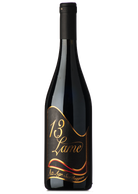
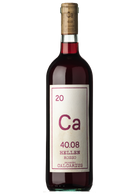
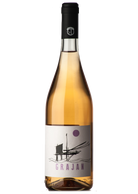

Torrevento Castel del Monte Vigna Pedale 2015
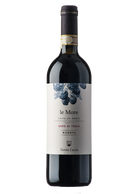
Santa Lucia Castel del Monte Riserva Le More 2013
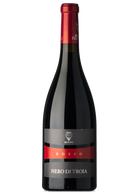
Paololeo Puglia Nero di Troia Alture 2016
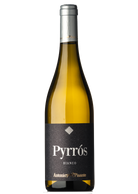
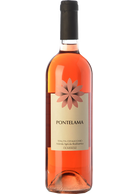
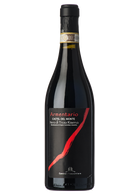
Carpentiere Nero di Troia Riserva Armentario 2013
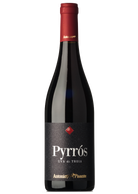
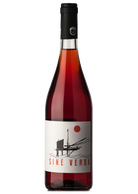
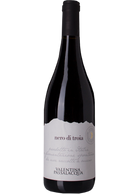


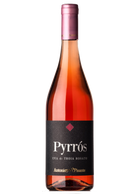
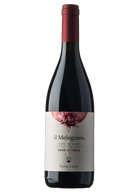
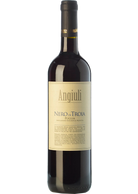
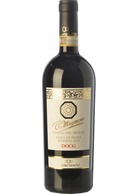
Torrevento Nero di Troia Riserva Ottagono 2014
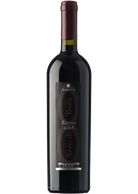
Santa Lucia Castel del Monte Riserva 0,618 2011
Nero di Troia
Perhaps originally from Asia Minor, nero di Troia apparently arrived in Puglia at the time of Greek colonisation. Also known as uva di Troia, it is particularly widespread in the hinterland of Barletta, Andria and Trani, as the prevailing grape of Castel del Monte DOC, and in the Capitanata area, towards Lucera, where it is used for the famous Cacc'e mmitte DOC. It also stands out, further north, in the Gargano area too. Capable of a great concentration of colour and extraction, nero di Troia gives very structured red wines, with marked aromas, sometimes inclined to sweet, of candied fruit, spices and earth. On the palate it appears voluminous and opulent, with tannin that is monumental but integrated by structure that, as a whole, tends towards soft and velvety. A top vine of the Apulian oenography, it expresses itself with more elegance in Castel del Monte, where, at the foot of the mythical fortress of Frederick II, on white and ventilated soils capable of a certain minerality and freshness, two DOCGs (Castel del Monte Rosso Riserva and Castel del Monte Nero di Troia Riserva) are dedicated to it, which see it as the protagonist of a rediscovery as a wine for ageing in wood.